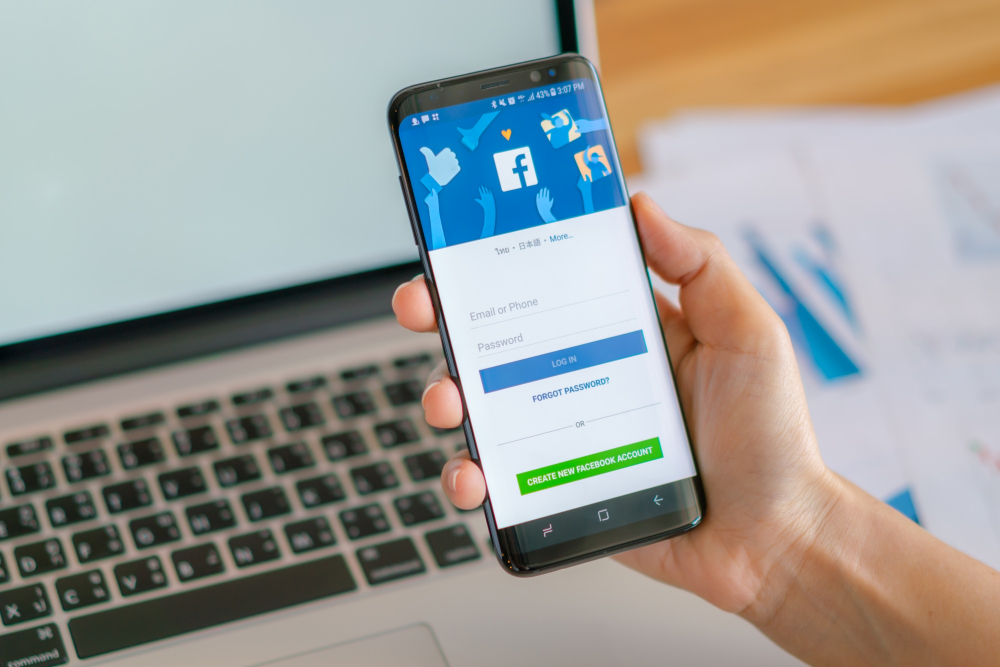
Digital advertising is getting more expensive every year, and if you rely on Facebook’s ad platform to generate leads for your business, you can’t afford to sit idle.
Luckily, there are a few ways to maximize your lead generation without spending more on ads.
In this article, we’ll share five (5) things you can implement today that – when done right – will help your business generate more leads (for less) with Facebook ads.
#1. Retarget, Retarget, Retarget
There’s a good chance you’re using “cold” audiences within your Facebook ads to target the type of people who might be interested in your product, service, event, etc.
Cold audiences are usually made up of interests Facebook thinks will match up with a customer, for instance: “gardening” interests. A person interested in “gardening” is a great cold audience for a business that sells water hoses.
If we were to use only “cold” audiences, we’d need to spend more money to reach more people and hope that just through sheer numbers we’d get a few people to click on our offer.
A more effective strategy would be to show ads to cold audiences and retarget audiences simultaneously.
Retargeting audiences are people who’ve interacted with your ads or your online assets (website, social media profiles) before and are thus less likely to ignore your ads completely.
Good audiences to retarget are:
- People who’ve interacted with your “cold” Facebook ads
- People who’ve interacted with your Facebook page/profile
- People who’ve visited your website or landing pages
These are “warmer” audiences, and because you’re helping Facebook narrow down who you’d like to reach, it can be much cheaper to serve ads to these smaller groups.
Retargeting audiences are simple to create and will help you reach a better audience for less money.
#2. Widen The Net
Okay, so we already talked about “cold” audiences vs. “warm” audiences and how we can save money on ads by utilizing retargeting – but that doesn’t mean we should write off cold ads completely.
Sometimes we can increase our number of leads and lower advertising costs by making our audiences even colder. I know it sounds counterproductive, but hear me out.
Facebook’s algorithm is in charge of showing Facebook users the content they’d most likely interact with – this is true of regular everyday posts and paid ads.
In the past, these algorithms were inconsistent and sometimes downright wrong about who they’d show our ads. This led advertisers to take a more hands-on approach and develop complicated sales funnels and ad targeting strategies.
Those “hands-on” days are all but gone. The algorithm has evolved (with a bit of help from Meta’s teams of engineers) and now knows our customers better than we ever could.
Simply removing interests from your ad sets or targeting a county instead of just a single town will give Facebook’s algorithm a larger pool of people to show ads.
These targeting changes have been shown to reduce ad costs and increase lead volume by showing ads to people that aren’t typically targeted by your industry.
#3. Restrict Ad Spend
Sometimes giving Facebook more ad budget to work with can harm our campaign results.
This isn’t always the case, but often when we give Facebook too much money, too fast, it will panic and spend our money ineffectively.
See, the algorithm wants to give us results but, at the same time, spend our money quickly.
If we give it a little money to use: it will stretch that money as far as possible in a desperate attempt to get us results.
If we give it a lot of money too fast: it will show our ads to anyone and everyone – regardless of whether they’re our target audience or not.
The trick is to scale our ad budget slowly, and if we’re getting results (increased sales or lead volume), leave the budget alone!
We want to train the algorithm to “work” for our money – don’t feed it too much, too fast.
#4. Use Video Content
Video content has been trending for a while, with video consumption hitting new all-time highs on platforms like YouTube, Instagram, and Facebook this year.
Consumers are more likely to engage with video content, which means our ads are more likely to be watched, and our offer is paid attention to.
Videos are also more likely to be shared, so our audience put our video ads in front of their friends without us spending money to reach those new people.
The bottom line is that you should use video content in your ads. If you aren’t, you’re a rare breed, and it could be hurting your results.
In a recent survey, 93% of businesses landed a new customer by using video in their social media strategy and even ranked video #1 in terms of ROI.
#5. Nurture “old” leads
You’ve generated a lead through Facebook – now what?
In most cases, you’ll reach out to that lead, send them an offer, call them, etc., but if you can’t generate a sale from that lead, is it dead?
We can get more life out of your leads by putting them into a separate “nurturing” funnel.
You’d be surprised how often a lead that isn’t ready to buy today will be ready to buy 6-12 months down the road. If you aren’t top-of-mind for that lead when they are finally ready to buy, they’ll likely buy from your competitor or the next person to show them an ad.
We don’t want to lose that sale, so let’s keep in touch!
We can create a simple nurturing funnel with just two handy tools:
CRM
Customer Relationship Management software is any software that allows you to keep track of your existing customers and new prospects.
CRM software is available for every industry and every budget; whether you need a CRM for real estate investing, retail, healthcare, or eCommerce – the options are staggering.
Most good CRMs will come with a customer organization panel, allowing you to tag customers or new leads and add notes to them.
Email Marketing
Email marketing software, like CRMs, comes in all shapes and sizes, have numerous useful features, and universally allows the scheduling of marketing emails.
We’ll want an email marketing software that connects with our chosen CRM and allows auto-scheduled emails or “drip” emails.
Using these two tools together, we’ll be able to track and schedule automatic “check-in” emails with our old leads.
If they respond to our automated emails, we’ll be notified and can pick up the conversation to close a sale.
If they don’t respond, our email marketing software will send them periodic emails to keep nurturing them towards a response.
That’s it – we now have a system for keeping “old” Facebook leads “fresh.”
Final Thoughts
Facebook ads are an excellent tool for lead generation, but as more businesses take their advertising online, the landscape will continue to get more competitive.
Using tips like the ones shared in this article can go a long way towards helping your business stand out from competitors and keep your ad spend under control.
Fun fact: most of these tips will work for other advertising platforms (like Google), so feel free to try these tactics in places other than Facebook!




